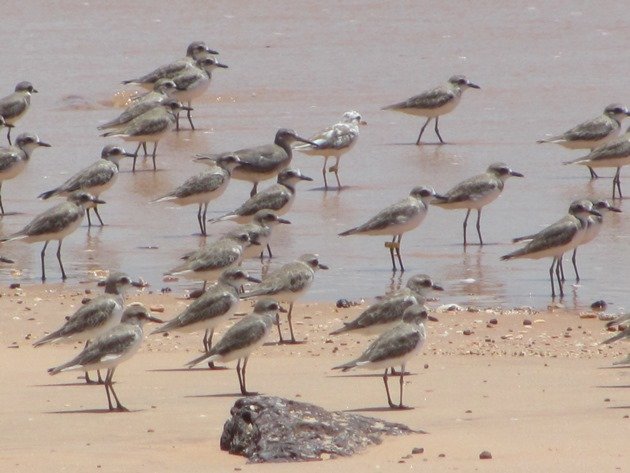
Last year we had an odd observation concerning a Greater Sand Plover. This marked individual had completely normal plumage when it was captured and marked in 2012 during its second year of life, but over the period of mid-November 2016 until December 29th 2016 its plumage changed dramatically. The skin on the Greater Sand Plover’s legs became very orange/pink and the bill also changed colour from black to orange/pink and I documented this here. Due to the site faithfulness of this individual Greater Sand Plover, along with many others, we were able to continue to observe it over the following months and watched the plumage change further as it prepared for migration. Greater Sand Plovers migrate north from Broome during March and April and we were able to document the further changes and I documented this here. Over the following months we no longer observed either this Greater Sand Plover or others and we presume that it migrated along with the other shorebirds and we once again observed it back at its usual roost sites from September 21st onward. At this point of time there was a small black mark present on the upper mandible, but other than that the legs remained orange/pink and the plumage remained pale.
There have now been further changes to the plumage of this individually marked Greater Sand Plover, but the most significant change is the bill colour. There is now a significant area of the upper mandible that has returned to the black that we would expect in a Greater Sand Plover.
Greater Sand Plover “LBR” with abnormal plumage
Greater Sand Plover “LBR” zoomed in
It is highly likely that this individually marked Greater Sand Plover may return to normal plumage and may also once again have black legs and a completely black bill. We will continue to observe this unique individual over the coming months and it will be interesting to see if it has returned to “normal” by the time it is ready to migrate again. It was very unusual for a shorebird to show leucistic tendencies after several years of normal plumage, but it is even more remarkable that it appears it may return to “normal” over coming months. Other than the odd plumage it has always appeared healthy. We hope to be able to monitor this individual Greater Sand Plover for many years to come and share our observations with you all.


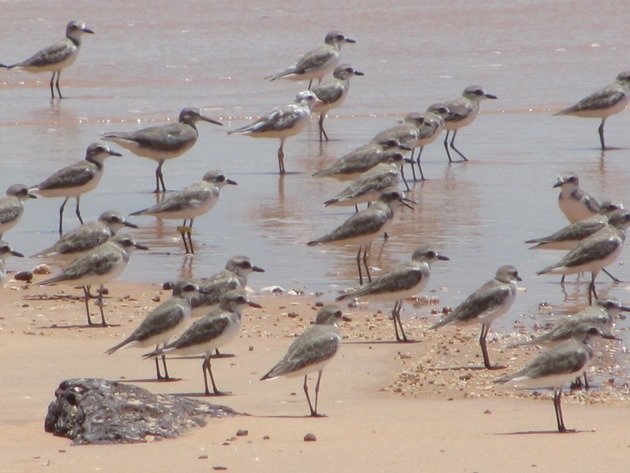
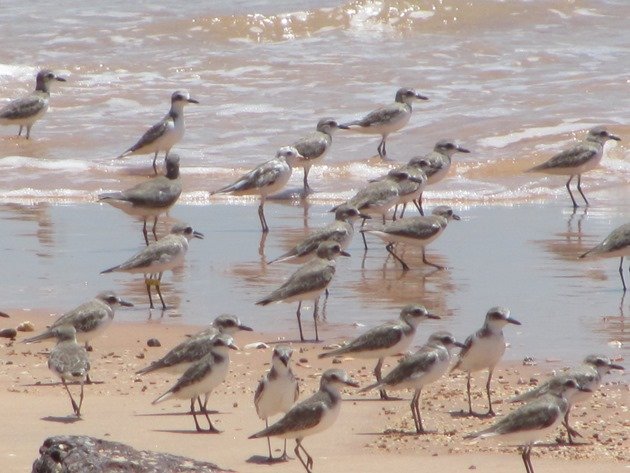
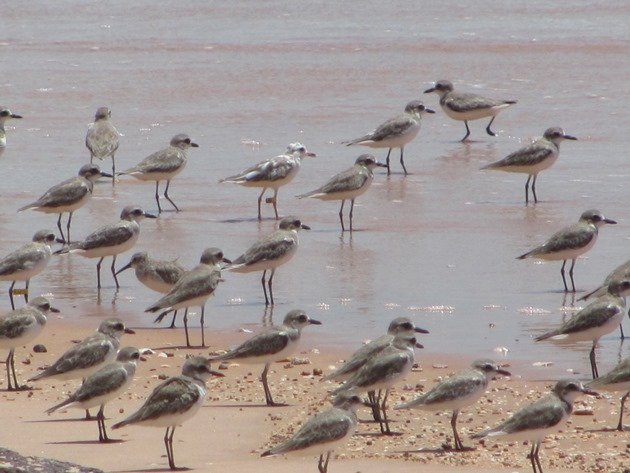
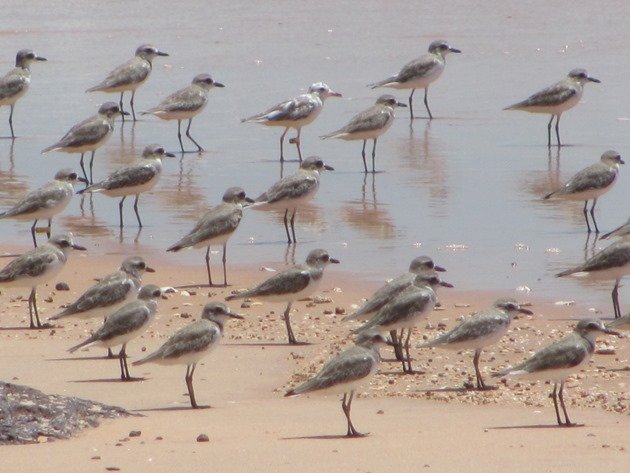
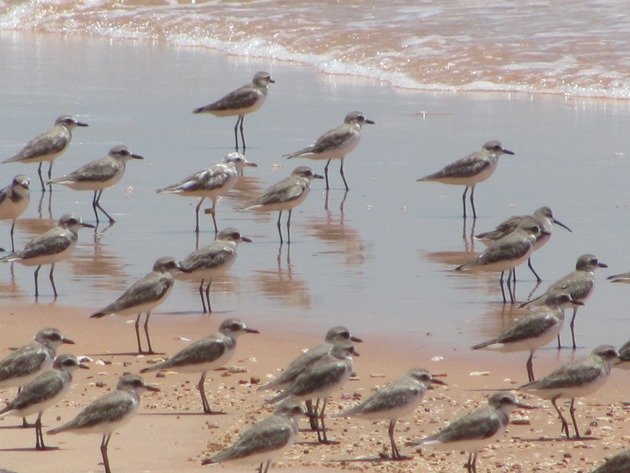
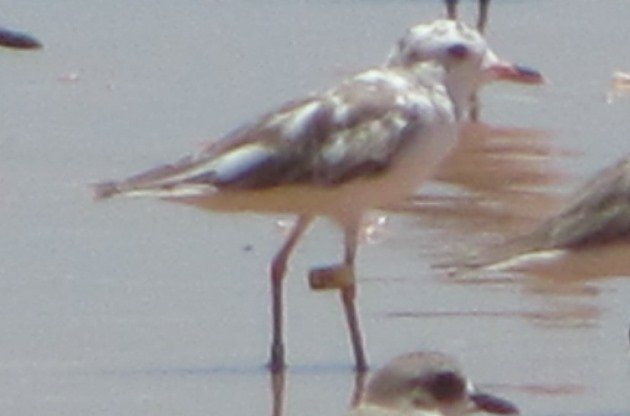




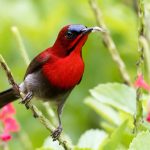
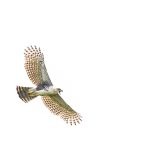
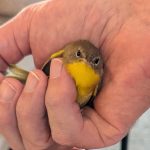
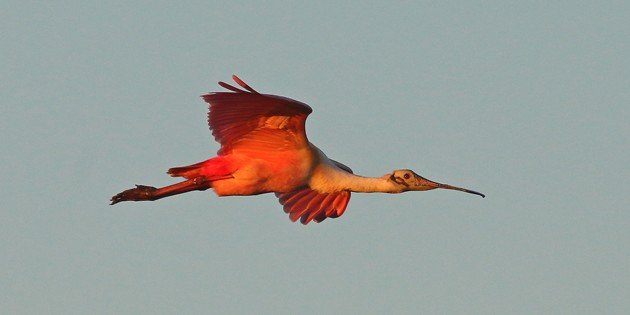
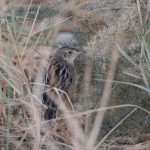
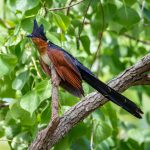
Leave a Comment